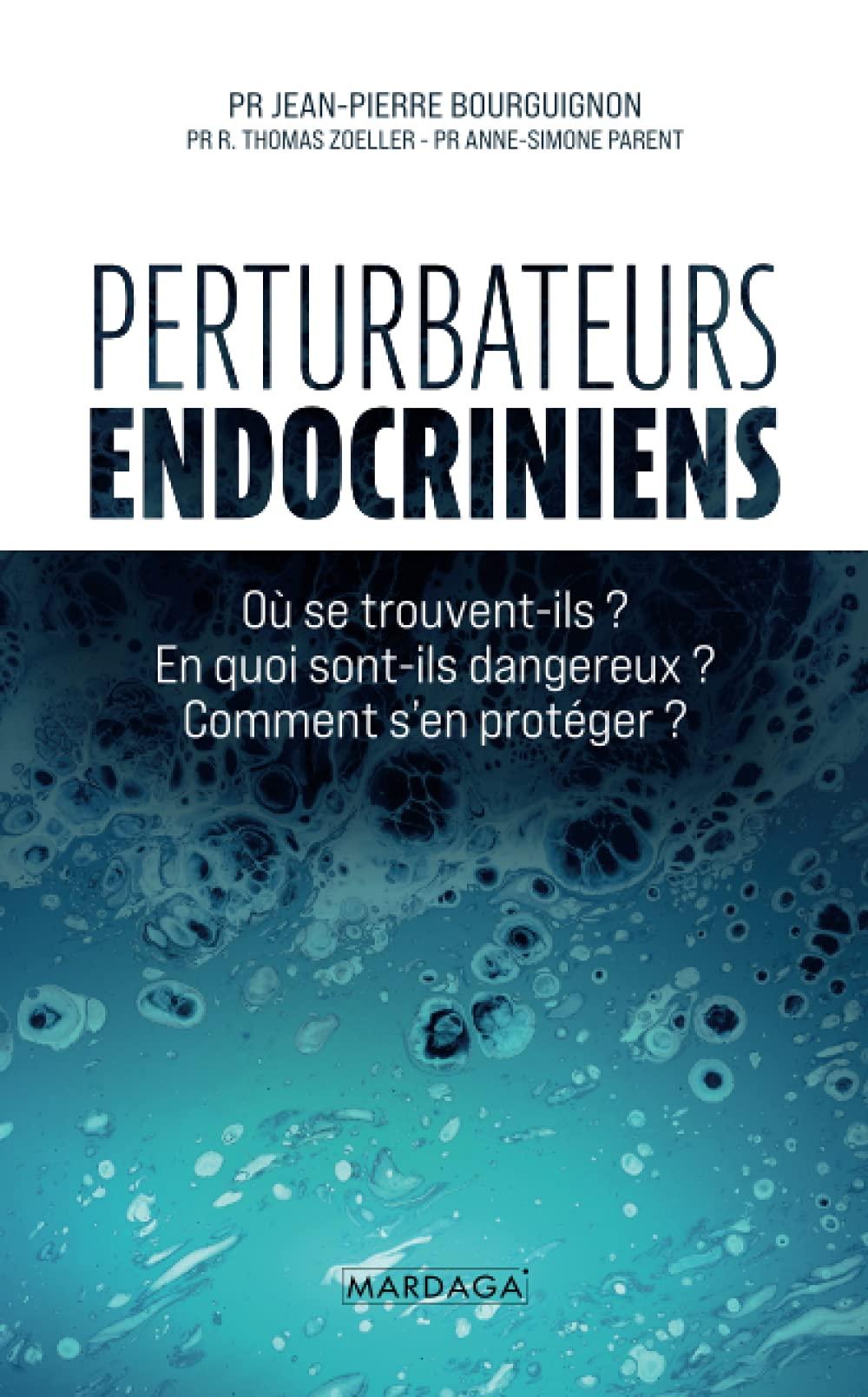
Endocrine disruptors: how to protect our children?
They are invisible, but ubiquitous: in the food we eat, the air we breathe, the clothes we wear, the toys we put under the tree... Here are some ways to protect our little ones from these toxic substances .
"A substance or mixture of substances, which alters the functions of the endocrine system and thereby induces adverse effects in an intact organism, in its progeny or in (sub)populations". This is how the WHO defines an endocrine disruptor. These are therefore substances that can disrupt our hormones.
All over the planet, researchers are working tirelessly to establish an increasingly precise list of these endocrine disruptors, and to know precisely their effects on our health. titanic task.
If many unknowns remain, what we are sure of is that endocrine disruptors are present in our bodies. “And there are periods of life when they have a higher power of nuisance: the period in utero, childhood and puberty, in particular”, explains Professor Valérie Sautou, head of the Pharmacy pole at the CHU of Clermont Ferrand. . “These substances can be harmful, even at low doses of exposure,” she warns.
What do we blame them for? Among other things, being responsible for precocious puberty in young girls, reducing male fertility, being a risk factor for diabetes, obesity, neurobehavioral disorders...
Endocrine disruptors: children on the front line
They are called phthalates, perfluorinated compounds, bisphenols, glycol ethers, parabens, flame retardants... Of the 100,000 chemicals that surround us, around 1000 would be endocrine disruptors. Culprits most often suspected, sometimes proven, such as bisphenol A which has been banned in baby bottles. We are increasingly exposed to it, in food, toys, cosmetics or household products, furniture, etc.

Avoiding them altogether is utopian. But it is possible to reduce our exposure, and that of the very young, the most vulnerable. A study by Public Health France confirmed in 2019 that these pollutants were present in the body of all French people, but that the levels of impregnation were higher in children. To protect them, there is no need to change everything. But a few simple gestures can make the difference.
@skyleenash “He's going to be spoiled” - No, he's going to learn how to regulate his emotions and reflect on how to… https://t.co/BXBhfEzHwz
— deej ✨ Thu Jul 02 15:13:05 +0000 2020
Endocrine disruptors: what if we anticipated?
When the belly of the mother-to-be grows, it is customary to go buy furniture to prepare the room of the future heir. “If possible, it is better to do this shopping spree at least three months before the birth,” recommends Professor Sautou. “This leaves time to air out, to give the pollutants present on the furniture (glue, varnish, lacquer, etc.) time to evaporate. Buying second-hand furniture can also be wise, because they have already had time to release a good part of their pollutants”.
Ventilate, the advice applies to the whole accommodation. "You have to do it, at least fifteen minutes a day," recommends Professor Sautou. Because not everyone knows it, but indoor air is often more polluted than outdoor air... Pregnant, "we must also avoid lipstick, nail polish or hair dye" to protect the little being in construction.
In the kitchen, danger lurks
“Certainly, bisphenol A is now prohibited in baby bottles. But they have sometimes been replaced by other potentially toxic substances. It is therefore better to favor glass bottles than plastic ones”. Similarly, we should avoid reheating dishes in plastic containers in the microwave, because with the heat the toxic molecules migrate towards the food.
“Also best to avoid non-stick pans, as they may contain perfluorinated compounds. If you have any, you have to throw them away when they are scratched”. Replace with cast iron or stainless steel pans and saucepans.
In the supermarket, it is better to choose the rawest possible products, the least processed. Read the labels, and only put products in your cart with the shortest possible list of ingredients. To avoid pesticides, it is better to eat organic. It is also preferable, if possible, to spend more time behind the stove, to avoid your child ultra-processed industrial dishes, their additives and preservatives. The small pots for babies, very supervised, are them without risk.
The end of all plastic
Some plastic toys may contain phthalates. If it is complicated to do without them completely, we can try to limit them. In all cases, we think of rinsing new toys, to free them from some of their pollutants.
Clothing should also be washed before being worn for the first time. Natural materials (cotton, wool, linen, etc.) are preferred.
"To clean baby, it is better, if possible, to abandon the wipes, and choose a liniment, having checked that it does not have an extended list of ingredients".
As for the upkeep of the house, “you have to keep things simple. Nothing like white vinegar or baking soda, and a sponge and water to remove the dust”. Grandma's recipes brought up to date.







